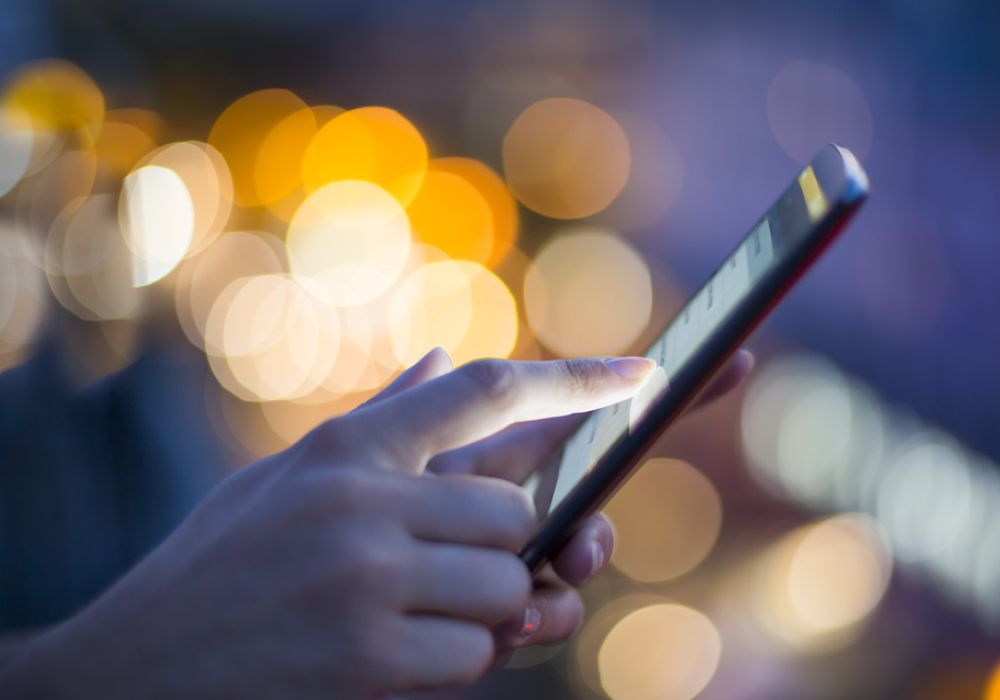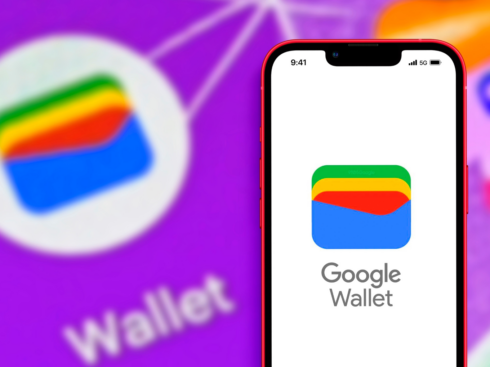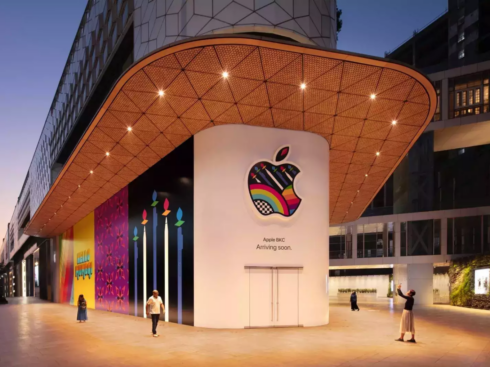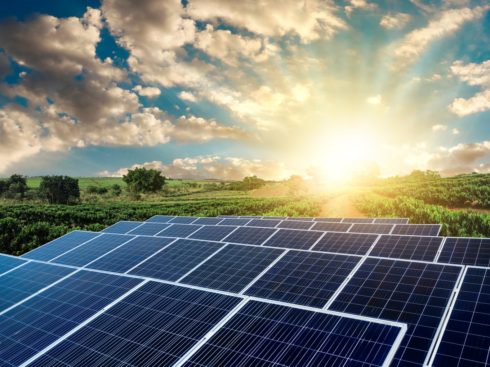
Internet access is vital for the growth of emerging economies, yet half of the world’s population is unconnected. The 11th Internet Governance Forum that happened in the first week of December 2016 in Mexico, was high on development agenda. How Internet access can be used to expand opportunities worldwide?
The 2016 conference was focussed on how the Internet can contribute to the 17 Sustainable Development Goals (SDGs) outlined in the agenda adopted at the UN General Assembly in 2015.
Back home despite the government’s focus on Digital India and Internet access– the year started on a sombre note with the Failure of Facebook Free Basics. Telecom regulator TRAI ruled that the free basics infringed on the principles of net neutrality. The ruling was not directly aimed at Free Basics, but the general practice of zero-rated internet services — those that let users access certain apps and websites without eating away at their mobile data.
“Prohibition of Discriminatory Tariffs for Data Services Regulations” states that providers cannot “offer or charge discriminatory tariffs for data services on the basis of content being accessed by a consumer.”
However, this couldn’t dampen the aspirations of the unconnected. The resolve of the incumbent government and corporates only got stronger. Four landmarks developments gave a tremendous boost to Internet connectivity in India in 2016.
Google Free Wi-Fi Hotspots At 400 Railway Stations
After addressing the town hall session at Facebook’s headquarters, Prime Minister Modi visited Googleplex in Mountain View, California, in September last year. India-born Google CEO Sundar Pichai announced a partnership with Indian Railways to install 400 WiFi hotspots at the busiest railway stations — 100 of which would go online in 2016.
In January 2016, Mumbai Central station became the first railway station in India to have free WiFi facility offered by Google in association with RailTel. Google’s WiFi project, which has largely been welcomed, shows why Free Basics was flawed from the start: While Facebook was pushing a limited Internet where users could access its services along with others that Facebook chose, Google was giving away all of the Internet faster.
Google announced this month that the free Wi-Fi is now working at the 100 busiest railway stations in India. Over 5 Mn people in the country reportedly latch on to Google’s free Internet service every month, with 15,000 of them accessing the Internet for the first time in their lives every day.
Launch Of Reliance JIO
Reliance Jio will reportedly drive the country’s ranking in mobile Internet access from 150th position to the top 10. It has a capacity of over 10GB of data per user/per month, which is 100 times the current data consumption average of 0.15 GB of data per user per month.
The total Internet connection in India right now is 432.12 Mn and is expected to touch 732 Mn by 2020.
Keeping this in mind, the Indian telecom industry formed an informal cartel to boost profits. Data tariff in India is amongst the highest in the world or approx. INR 250 for 1 GB. Reliance is trying to break this cartel by disruptive pricing i.e. Rs 50 for 1 GB of data.
Jio’s network reportedly carries 16,000 terabytes of data traffic a day, exceeding the levels of China Mobile (12,000-plus TBs/day), Vodafone Global (6,000 TBs/day), China Unicom (4,000 TBs/day) and Bharti Airtel (2,000 TBs/day). Jio’s data traffic of 16,000 TBs a day is based on the company’s 16 Mn customers consuming 1GB of data daily.
The company has set an ambitious target to acquire 100 Mn subscribers within two years with monthly average revenue per user (ARPU) of at least INR 250.
TRAI Recommended Free “Reasonable” Mobile Internet In Rural India
With an aim to support the Centre’s drive of creating a cashless ecosystem the Telecom Regulatory Authority of India (TRAI) on December 19, 2016, recommended that a “reasonable” amount of free mobile Internet should be provided to rural subscribers every month.
In this scheme – the costs of which are suggested to be met from the government’s Universal Service Obligatory Fund (USOF) – the Department of Telecommunications (DoT) charges a cess to telecom operators under the USOF, the proceeds from which are used for increasing telecom connectivity by setting up infrastructure across the rural and remote areas of the country.
In order to bridge the affordability gap for the persons residing in rural areas and to support government’s efforts towards cashless economy, the Authority recommends that a scheme under which a reasonable amount of data say 100 MB per month may be made available to rural subscribers for free.
However, the regulator made it categorical that the scheme for free data must not be misused to circumvent the “The Prohibition of Discriminatory Tariffs for Data Services Regulations” notified on February 8, 2016. The authority strongly reaffirms that there can be no differential pricing of data based on content which would distort the market and is therefore not permitted.
Demonetisation
Rural India, or Bharat, home to about 870 Mn people, will be in the thick of action for the rest of the decade, according to a recent report by management consultancy firm BCG. Titled “Rising Connected Consumer in Rural India”, the BCG predicts that rural users will constitute about half of all Indian Internet users in 2020. While the number of connected rural consumers is expected to increase from about 120 Mn in 2015 to almost 315 Mn in 2020 — a compounded growth of almost 30% a year — rural growth will significantly outpace growth in urban centres.
And what’s driving rural growth, adds the report that was published in August 2016, are cheaper mobile handsets, spread of wireless data networks, and evolving consumer behaviour.
Demonetisation would have topped the list of drivers if the report was released after Prime Minister Modi’s Mitron address on 8 November, 2016. All the wallet companies saw traffic and transactions increasing by 10X -15X overnight post the move. What appeared to be a change forced from the top is slowly becoming a preferred mode of transactions. As summed up nicely by Bipin Preet Singh, Co-Founder & CEO MobiKwik -“Before demonetisation, wallets were an option. Now they are a need.”
MobiKwik said that it saw a whopping 2000% increase in add money and transaction value. MobiKwik’s average ticket size for offline transactions rose to INR 3,000 from INR 1,300–INR 1,500 before demonetisation.
Conclusion
2016 has been a great year for Internet connectivity in India. All these developments will have a positive impact way beyond 2016 on how the Internet is perceived and consumed by the average Bharatwasi. The Government’s focus and policy support for connectivity in the country is a welcome change. Hope affordable Internet access remains the key theme in 2017 and remaining tenure of the incumbent government.
[This post by Rajan Gupta first appeared on LinkedIn and has been reproduced with permission. Rajan is Director at U2opia Mobiles – which works with carriers in emerging markets helping them to improve data penetration and data ARPU.]


























